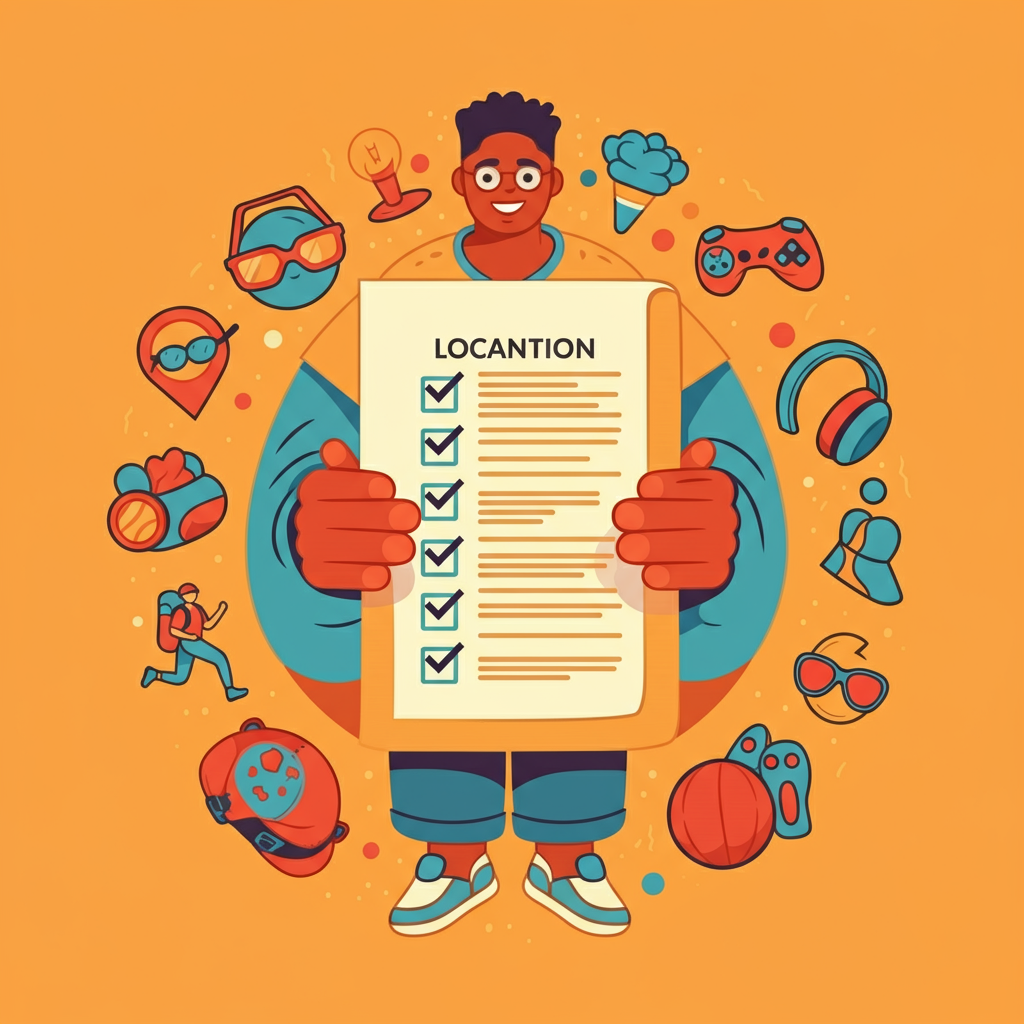Planning recreational activities can be both exciting and rewarding, especially when tailored to a diverse group or focused on enhancing individual well-being. Whether you’re organizing for a family group, a community event, or even adapting activities for specific needs, effective planning ensures that the experience is enjoyable and impactful. Here’s a guide with key considerations to help you plan recreational activities across three key categories – outdoor activities, indoor activities, and social activities.
Understanding Recreation and Its Impact
Recreation refers to the activities people choose to engage in during their leisure time for enjoyment, relaxation, and sometimes to challenge themselves. From active pursuits like hiking and swimming to hobbies like chess and knitting, recreational activities provide numerous benefits:
- Improved physical health and cardiovascular function
- Enhanced mental well-being with reduced stress levels
- Better social interactions and overall quality of life
- Opportunities for personal growth and new experiences
Planning recreational activities that align with these outcomes ensures they are not only fun but also enriching for all participants.
Step 1: Identify Your Target Participants
Before you jump into logistics, understand the needs, preferences, and abilities of the people who will take part in the activities:
- Age range: Are you organizing for children, teens, adults, or a mixed-age group?
- Abilities: Consider participants’ physical and cognitive abilities to ensure inclusivity.
- Interests: Engage participants beforehand to gauge their preferences, hobbies, and expectations.
- Group Size: Determine whether the activity caters to individuals, small groups, or a large crowd.
This foundational understanding will guide you in selecting the right activity types and ensuring accessibility for everyone.
Step 2: Include a Balance of Activities
A great recreational plan provides a mix of outdoor, indoor, and social activities to cater to varying preferences and flexibility based on weather, resources, and group dynamics.
Outdoor Activities
Outdoor activities allow participants to connect with nature while staying active. Consider options like:
- Hiking and Walking: Plan trails suitable for the group’s fitness levels. Use tactile maps or guide ropes for those with vision impairments.
- Team Sports: Activities such as volleyball, goalball, or bocce encourage teamwork and active engagement.
- Water Activities: Swimming or kayaking can be refreshing and therapeutic. Be mindful of safety protocols and provide accessible options where needed.
Outdoor activities not only improve physical fitness but also provide mental rejuvenation through exposure to fresh air and scenic environments.
Indoor Activities
Indoor activities are ideal for times when outdoor access is limited or group preferences lean toward quieter pursuits. Popular options include:
- Art and Craft Workshops: Activities like painting, knitting, or ceramics encourage creativity.
- Game Nights: Board games, card games, or even virtual gaming tournaments can unite participants in a cozy, relaxed environment.
- Dance or Yoga: Both are excellent indoor activities for improving flexibility, boosting mood, and keeping everyone active.
Indoor activities are adaptable for almost any setting, ensuring participation regardless of weather or physical limitations.
Social Activities
Social activities are critical for fostering connections and a sense of community. These may overlap with outdoor or indoor settings but focus more on interaction. Examples include:
- Potluck Dinners: Encourage participants to bring and share dishes, building a warm and informal atmosphere.
- Group Classes: Organize sessions like cooking, fitness, or even book clubs to bring like-minded individuals together.
- Community Service: Activities like volunteering for a cleanup or charity event create a shared goal and deeper connections.
Social activities help participants form friendships and develop a sense of belonging, which has lasting positive effects on mental health.
Step 3: Focus on Accessibility and Inclusivity
Recreational activities should be designed to ensure everyone can participate and enjoy. Here are some tips for creating inclusive experiences:
- Provide adaptive equipment or accommodations where needed (e.g., tactile balls, Braille instructions).
- Create detailed descriptions or tactile layouts for those with visual impairments (e.g., guided tours, maps).
- Select venues with accessible entrances, restrooms, and pathways.
- Offer modifications or alternative options for individuals who might find traditional methods challenging.
Collaboration with experts, such as educators or trainers familiar with adaptive techniques, can significantly enhance accessibility.
Step 4: Balance Fun with Safety
Safety is a top priority when organizing any recreational activity. Ensure every participant feels secure and confident with these measures:
- Conduct risk assessments and plan for potential hazards.
- Provide supervision, especially for high-risk or physically demanding activities.
- Clearly communicate rules, procedures, and emergency contacts to participants.
- Have a first-aid kit readily available.
For outdoor activities, check the weather forecast and prepare contingency plans. For indoor events, ensure proper ventilation and space allocation.
Step 5: Value Feedback and Reflection
To keep improving future recreational plans, gather feedback after the activity:
- Distribute quick surveys or have informal discussions to understand what worked well and what didn’t.
- Celebrate successes and adapt based on lessons learned.
- Use feedback to create dynamic and compelling activity plans for the future.
Key Takeaways for Successful Recreational Activity Planning
- Offer a variety of outdoor, indoor, and social activities to cater to all preferences and environments.
- Prioritize inclusivity and accessibility, ensuring all participants can actively engage.
- Maintain a balance between fun, learning, and safety for a fulfilling experience.
- Encourage feedback to continually refine and enhance your activities.
When thoughtfully planned and executed, recreational activities provide much more than entertainment. They allow participants to connect, grow, and genuinely enjoy their time together.
Join the Fun
Looking for activity ideas or expert advice? Visit APH ConnectCenter Recreation & Leisure Guide for more inspiration and resources designed to help you create meaningful and unforgettable experiences.








